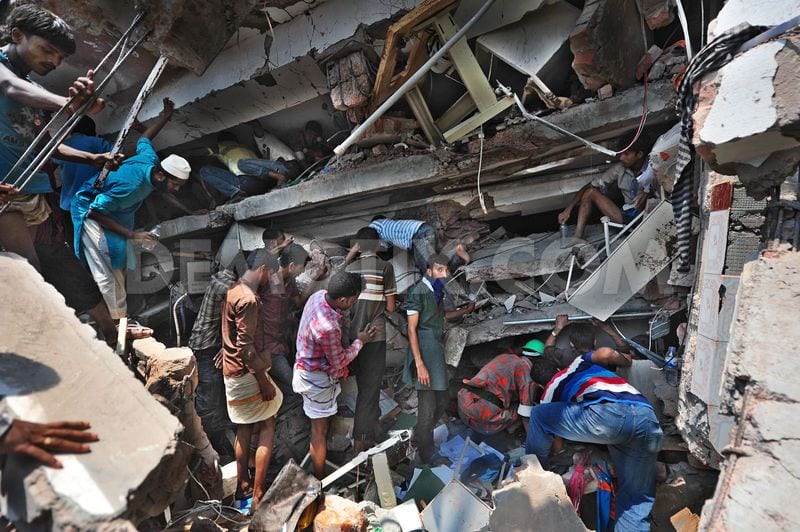GUNS, DEBT AND CORRUPTION—Military spending and the EU crisis
SPECIAL REPORT: A look at how military spending also contributes to the social crisis throughout Europe.
By Frank Slijper
April 2013
Executive Summary
Five years into the financial and economic crisis in Europe, and there is still an elephant in Brussels that few are talking about. The elephant is the role of military spending in causing and perpetuating the economic crisis. As social infrastruc- ture is being slashed, spending on weapon systems is hardly being reduced. While pensions and wages have been cut, the arms industry continues to profit from new orders as well as outstanding debts. The shocking fact at a time of austerity is that EU military expenditure totalled €194 billion in 2010, equivalent to the annual deficits of Greece, Italy and Spain combined.
DOWNLOAD FULL REPORT HERE (IN PDF)
______________
- The military spending cuts, where they have come, have almost entirely fallen on people – reductions in personnel, lower wages and pensions – rather than on arms purchases. The budget for arms purchases actually rose from €38.8 billion in 2006 to €42.9 billion in 2010 – up more than 10% – while personnel costs went down from €110.0 billion in 2006 to €98.7 billion in 2010, a 10% decrease that took largely place between 2008 and 2009.
- While countries like Germany have insisted on the harshest cuts of social budgets by crisis countries to pay back debts, they have been much less supportive of cuts in military spending that would threaten arms sales. France and Germany have pressured the Greek government not to reduce defence spending. France is currently arranging a lease deal with Greece for two of Europe’s most expensive frigates; the surprising move is said to be largely “driven by political considerations, rather than an initiative of the armed forces”. In 2010 the Dutch government granted export licences worth €53 million to equip the Greek navy. As an aide to former Greek prime minister Papandreou noted: “No one is saying ‘Buy our warships or we won’t bail you out.’ But the clear implication is that they will be more supportive if we do”.
- Continued high military spending has led to a boom in arms companies’ profits and an even more aggressive push of arms sales abroad ignoring human rights concerns. The hundred largest companies in the sector sold arms to the value of some €318 billion in 2011, 51% higher in real terms compared to 2002. Anticipating decreased demand at home, industry gets even more active political support in promoting arms sales abroad. In early 2013 French presi- dent François Hollande visited the United Arab Emirates to push them to buy the Rafale fighter aircraft. UK prime minister David Cameron visited the Emirates and Saudi Arabia in November 2012 to promote major arms sales packages. Spain hopes to win a highly controversial contract from Saudi Arabia for 250 Leopard 2 tanks, in which it is competing with Germany – the original builder of the tank.
- Many research studies show that investment in the military is the least effective way to create jobs, regardless of the other costs of military spending. According to a University of Massachusetts study, defence spending per US$ one billion creates the fewest number of jobs, less than half of what it could generate if invested in education and public transport. At a time of desperate need for investment in job creation, supporting a bloated and wasteful military can not be justified given how many more jobs such money would create in areas such as health and public transport.Despite the clear evidence of the cost of high military spending, military leaders continue to push a distorted and preposterous notion that European Union’s defence cuts threaten the security of Europe’s nations. NATO’s secretary general, Anders Fogh Rasmussen “has used every occasion to cajole alliance members into investing and collaborat- ing more in defense.” Gen. Patrick de Rousiers, the French chairman of the EU Military Committee, at a hearing in the European Parliament, even suggested Europe’s future was at stake if military spending was not increased “What place can a Europe of 500 million inhabitants have if it doesn’t have credible capacity to ensure its security?,” he asked rhetorically.We believe by contrast, that at a time when the European Commission’s agenda of permanent austerity faces ever-grow- ing challenges, there is one area where Europe could do much more to impose austerity. And that is the arena of military spending and the arms industry. Abolishing nuclear weapons owned by France and the UK could save several billions of euros every year and fulfil a major pledge made by these countries under the nuclear non-proliferation treaty to finally eliminate nuclear weapons. Reductions of all EU nations’ military spending to Ireland’s levels (0.6% of GDP) would save many more billions. Writing off dirty debts caused by arms deals concluded through bribes, would be a good first step to lay the bill for the crisis with those who helped cause it. Such measures would also prove that at a time of crisis, Europe is prepared to invest in a future desired by its citizens rather than its warmongers.
DOWNLOAD FULL REPORT HERE (IN PDF)
https://www.greanvillepost.com/special/eu_milspending_crisis-execsumm.pdf



